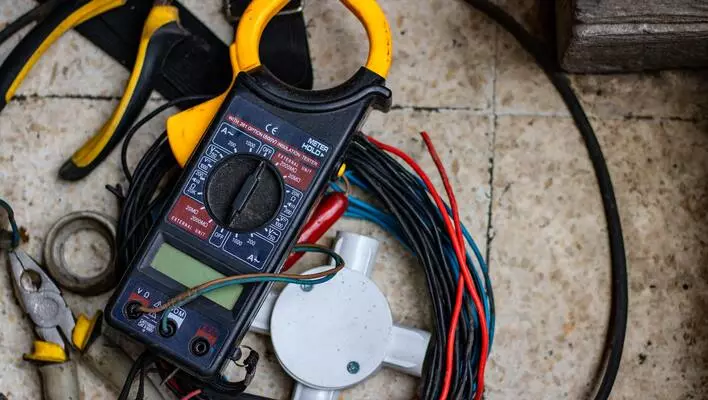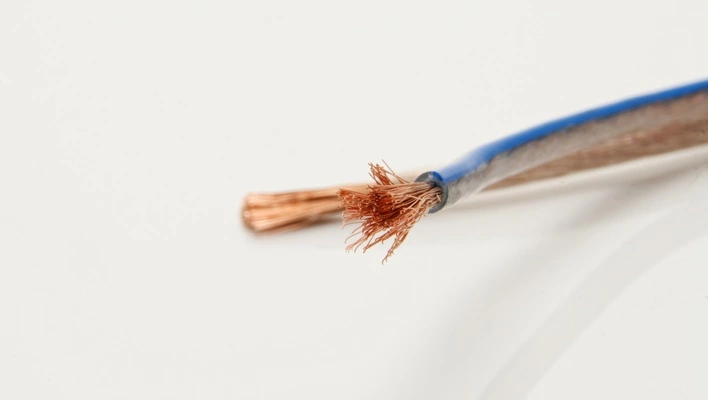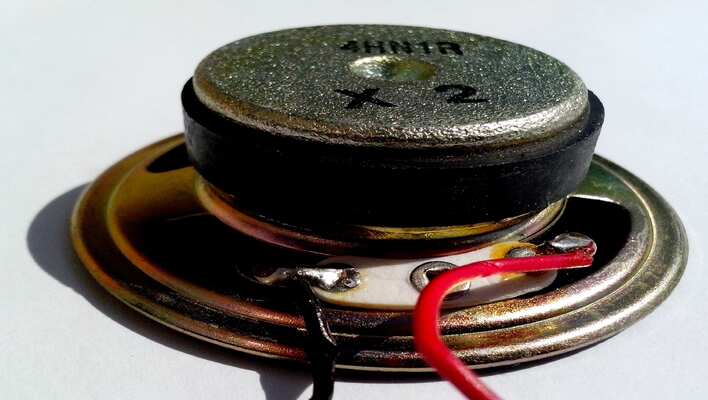Are you scratching your head at loggerheads over which kind of wire to connect your speakers and amplifier (receiver) to obtain the best quality sound? Maybe you have tried some other kinds of wires that have failed you terribly. Worry not.
CL speaker wires are rated wires used mostly for connections that go through ceilings or walls. These wires are chosen because they meet the set fire ratings for use with in-wall and in-ceiling speakers.
There are two types of CL wires, CL2 and CL3 rated speaker wires. CL2 is an abbreviation of Class 2, while CL3 stands for class 3 circuit wires. The wires are ideal for use in low voltage homes since they offer you safety and a neat look.
In this article we deal with CL2 vs Cl3 speaker wires and examine which of the two you should pick to use for audio connections. We answer all your questions on which is the more superior wire between these two. If you desire great indoor or outdoor speakers, you must know which CL wire to use.

Speaker Wire Rating
Before we get into understanding CL-rated speaker wires, let’s first ask ourselves how wires are rated in the first place. In the United States, the NFPA (National Fire Protection Association) sets all the codes for electrical wires to avoid damage by electric shock or electrical fires. They do this by establishing different fire ratings and wire ratings as outlined in the National Electrical Code (NEC).
Many homes use the CM or the CL-rated wiring. CL ratings show that a certain cable or wire is intended to be used in video and audio signal types. This means that the wire could be used as an HDMI cable or a speaker wire.
CL2 and CL3 thus means that the wire or cable is rated and classified for use under Class 2 and Class 3 circuits. Such wires are used for in-wall speaker installations and in-ceiling speakers wiring. The high fire-proof nature of the wire coils and the covering materials makes them the best wires to work within walls and ceilings or speaker wiring of different rooms.
CL2 Speaker Wire
A CL2-rated speaker wire is meant for low voltage connections. It has a voltage limit of 150 volts. This means it can’t support anything with a power voltage of over 150 volts.
The CL 2 wire can be used for connections inside a wall or inside ceilings. It is especially important when installing speakers in different rooms of your house. The wire can bear a spike in power up to 150 voltage. With this wire, you protect your speakers from burning out thus enhancing fire safety.
If you have any connection or tech device that needs to go behind a wall, you definitely need an unterminated CL2 rated speaker wire. It could be in-wall speakers, surround speakers from your home theater, or in-ceiling speakers that you wish to connect to your AV receiver.
CL2 wires are categorized as CL2P (Plenum-Rated) and CL2R (Riser-Rated). Let’s delve deeper to fully grasp what this classifications entails.

Riser Rated CL2 Speaker Wires
Riser-rated cables are used when you want to connect multiple speakers on different floors of your house. They fit in the spaces in between floors.
If you have a story house, maybe a 4-story house, and you wish to install speakers on the various floors of the house sharing the same receiver, you use Riser-Rated wires. It is the perfect wire for installing in-house speakers.
Plenum Rated Cables
Plenum spaces are the spaces above a false ceiling used for running cables and ventilation ducts. They have a lot of air circulation. In case of fires, the plenum space will accelerate the fire since it has a lot of oxygen.
The high chances of fires in the plenum space are the reason that the cables are highly flame resistant. They are also made from non-toxic substances so that it does not give out harmful smoke into the air vents in case of a fire.
Pros
- Usable for in-wall wiring.
- Fire resistant.
- Harmless plastics in case of fire.
Cons
- Only carries a maximum of 150 volts.
- Can’t be used in place of CL3
CL3 Rated Speaker Wire
CL3 speaker wires are also used for in-ceiling and in-walls speaker wiring. They are safe for connecting speakers in different house rooms and behind walls. It has a voltage resistance of 300 volts which is twice that of CL2. This higher voltage is a plus when we think about CL2 vs CL3 rated speaker wires.
Essentially, CL3 speaker wire is very similar to the CL2 cables, except that it can handle twice the voltage. It can also be used in place of a CL2 speaker wire, but the CL2 rated wires can not be used in its place.
Pros
- Higher voltage resistance of 300 volts.
- Can be used in place of CL2.
- Better protection against electric shock.
Cons
- Only protects against voltage spikes of 300 volts.
Speaker Wire CL2 Vs CL3 differences and similarities
So then, from the above reviews, what are the identifiable differences and similarities when we analyze CL2 vs CL3 rated speaker wires?
CL Cables Designations
Both the cables are rated as CL cables. This means that they can both be used to connect speakers to walls and ceilings. They are both tested and approved by NFPA since they adhere to the NEC and guidelines on fire safety.
If you desire to have your speakers in various parts of the room without the mess created by wires hanging everywhere, you will need these cables.
Also, if you desire to get the Dolby Atmos sound, you will need to connect your speakers above your listening position, and CL speaker wires are just perfect.
Voltage Handling
The main difference between the two wires is that CL2 speaker wires handle a maximum of 150 volts while CL3 has the capacity of handling voltage up to 300 volts.
Thus, both the speakers are apt to support most speaker installations depending on the voltage requirements of your system.
CLP and CLR
As discussed above, the initials after the CL denote whether it is a Plenum rated cable or a Riser rated cable. Both CL2 and CL3 have these designations. You thus don’t have to worry whether the cables can perform these functions.

Final Judgement; CL3 vs CL2 Speaker Wire
To sum this up, Speakers, whether indoor or outdoor, are a critical part of life, and we can’t do without them, thus the need for speaker wires to connect them. In the battle of speaker wires CL2 vs CL3, which of the rated speaker wires carries the day?
This will be a difficult question to answer since the two are more similar than they are different. Our only answer will be that you need to carefully consider the voltage you are working with before settling on either of the two.
You don’t want the amplifier to have more voltage than the speaker wires since this would be disastrous. Therefore, carefully consider your needs, requirements, and home theater specs, then choose the wire to use. All the best.
